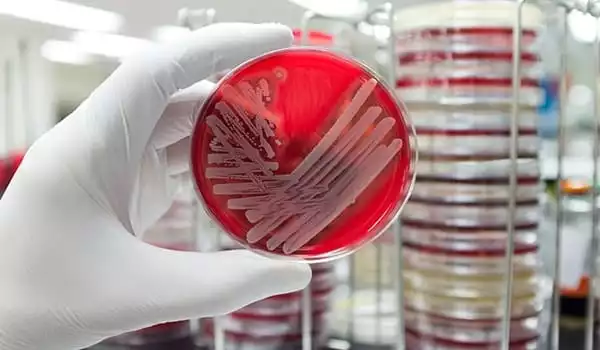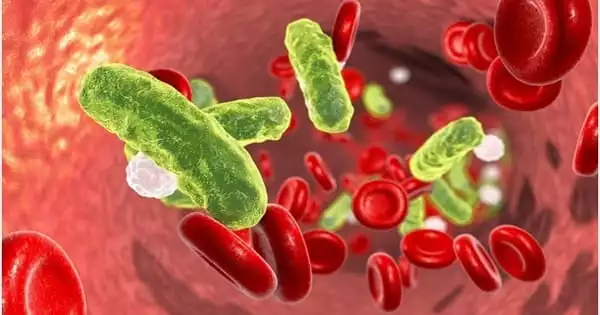A technique that uses an electric probe to measure the metabolic activity of bacteria can identify antibiotic resistance in less than 90 minutes, a significant improvement over the one to two days required by current techniques.
This discovery means that doctors will be able to quickly determine which antibiotics will or will not work for a patient’s life-threatening infection, which is a problem that doctors face on a daily basis in hospitals all over the world. A team of researchers from Washington State University has published their findings in the journal Biosensors and Bioelectronics.
“The idea here is to give the doctors results much faster so that they can make clinically appropriate decisions within the timeframe that they’re working, rather than having to wait,” said Douglas Call, Regents Professor in the Paul G. Allen School for Global Health and co-author of the paper. “Instead of looking for culture growth, we look for metabolism, and that’s basically what we’re detecting by the movement of these electrons, so it can happen in much shorter time spans than a traditional culture-based assay.”
The idea here is to give the doctors results much faster so that they can make clinically appropriate decisions within the timeframe that they’re working, rather than having to wait.
Douglas Call
Antibiotic resistance is spreading around the world, threatening the ability to treat many common infectious diseases. For example, millions of people in the United States are infected with drug-resistant pathogens each year, and thousands of people die from pneumonia or bloodstream infections that are no longer treatable.
To determine definitively whether a particular infection is resistant to antibiotics, bacteria must be separated and then grown in a lab while the population is observed to grow, a process that can take up to two days or more. When faced with a sick patient, doctors are frequently forced to prescribe an antibiotic without knowing how well it will work.

The WSU team used a probe to directly measure the electrochemical signal of the bacteria in their paper, allowing them to measure their metabolism and respiration and learn how they are faring long before they would be visible in culture. Looking at eight different strains of bacteria, the researchers were able to use the bacteria’s electric signal to determine which were susceptible or resistant to the antibiotics in less than 90 minutes. Antibiotic-resistant bacteria are those that continue to metabolize and “breathe” after antibiotic treatment.
Previous attempts to measure the electrochemical activity of bacteria were limited because most bacterial species are incapable of directly transferring electrons to an electrode, according to Abdelrhman Mohamed, a postdoctoral researcher in the Gene and Linda Voiland School of Chemical Engineering and Bioengineering and the paper’s lead author. The researchers added a chemical mediator to their assay that acted as a shuttle, transferring electrons from the bacteria’s surface proteins to the researchers’ electrode, where the electric signal could be measured.
“This enables us to have a universal mechanism that can test all types of pathogens,” Mohamed explained. The researchers tested four different bacterial species that cause hospital-acquired infections, as well as a variety of antibiotics with different mechanisms of action. They also created an antibiotic susceptibility index to help doctors decide which antibiotic to use based on the results.
The researchers intend to engineer their probe so that it is convenient and standardized for clinicians to use, and they hope to commercialize it. “It’s really exciting to be a part of a project that is not only valuable from a scientific standpoint, but also has commercial and industrial applications that could potentially someday actually improve people’s lives,” said Gretchen Tibbits, a lead author on the paper and a graduate student at the Voiland School.
In order to improve the electrochemical process, they are also working to better understand its fundamental mechanisms. “We’re doing it in two hours, but if we understand mechanisms better, we might be able to do it in minutes,” said Haluk Beyenal, co-author of the paper and a Voiland School professor. “We can do this measurement as long as the bacteria are alive.”














